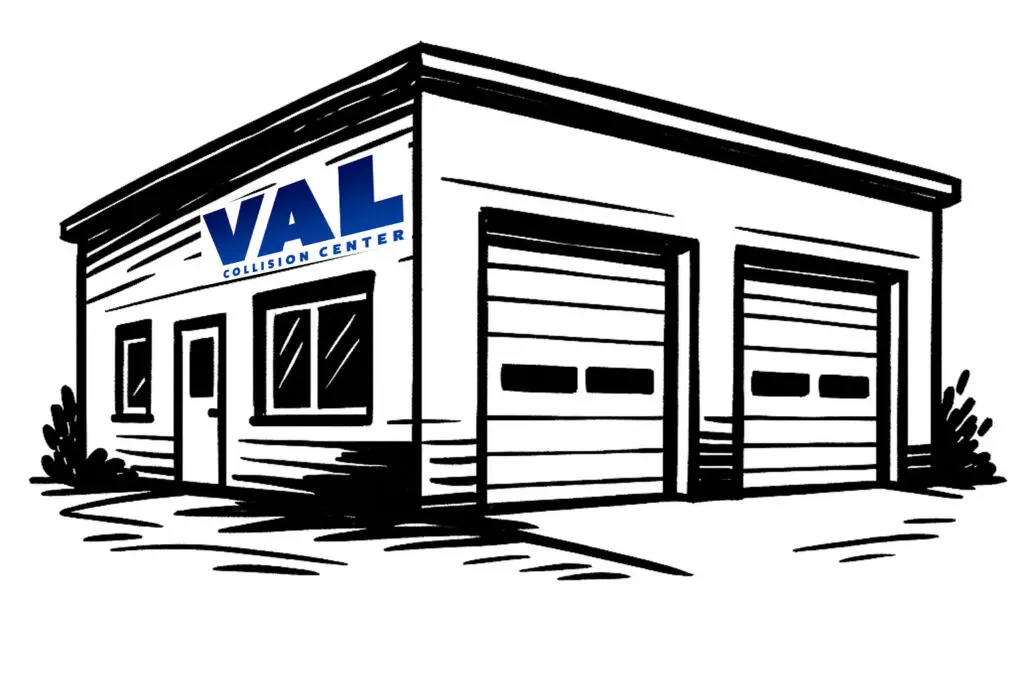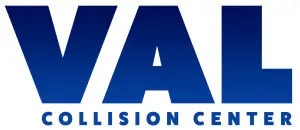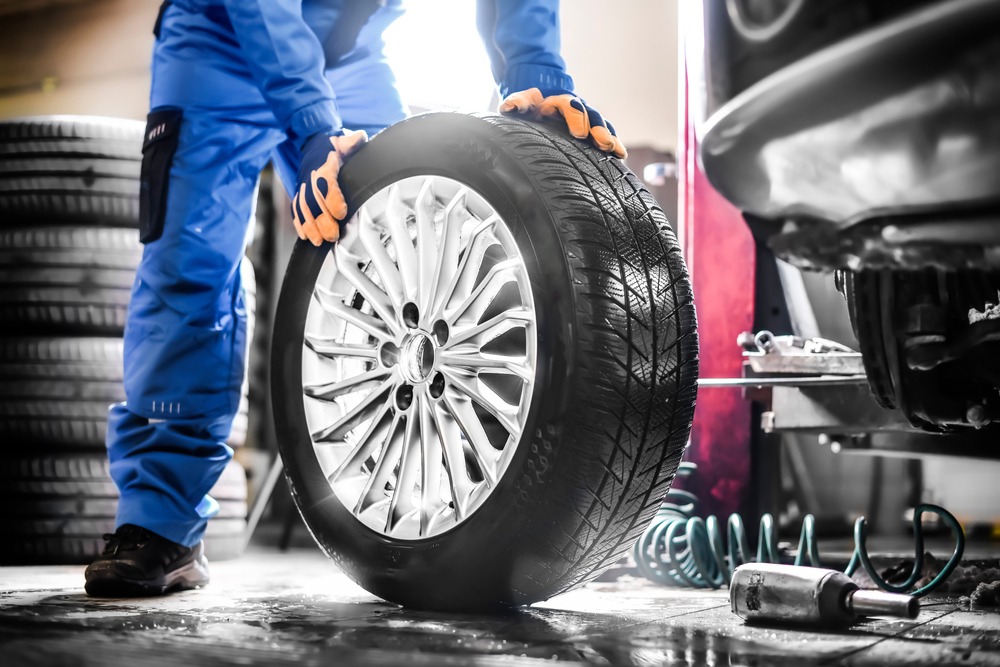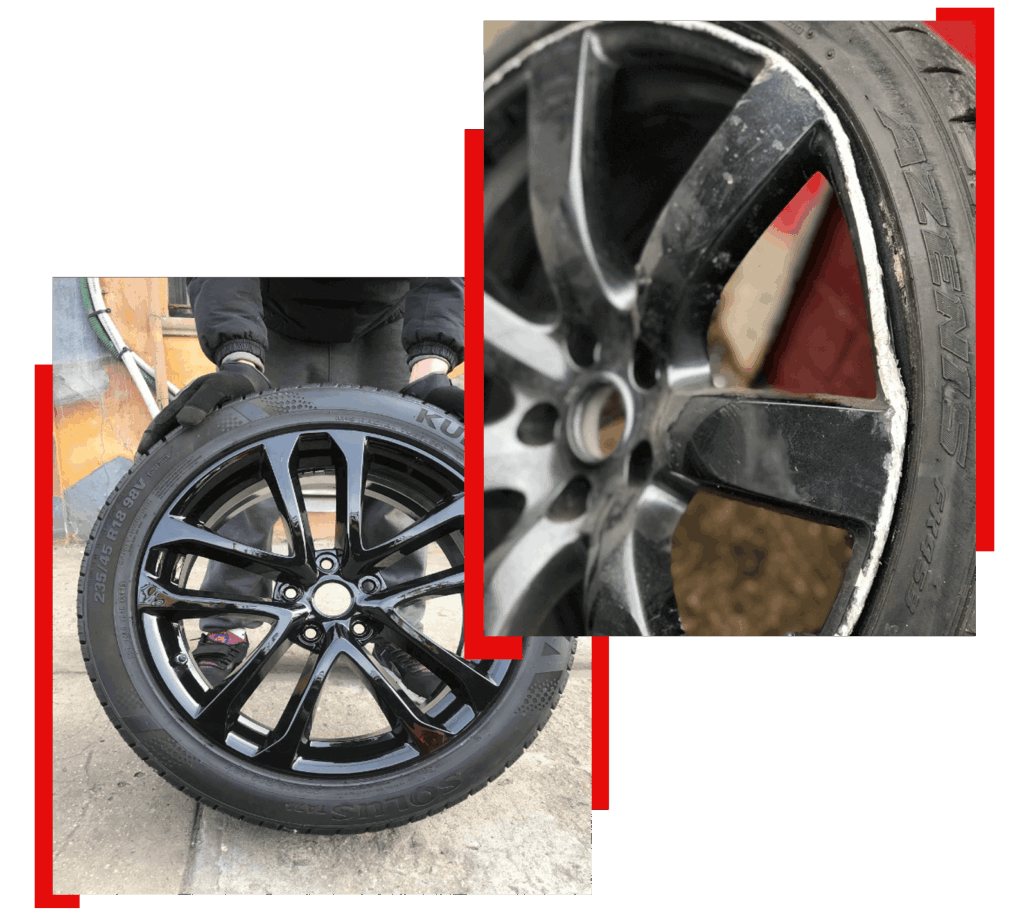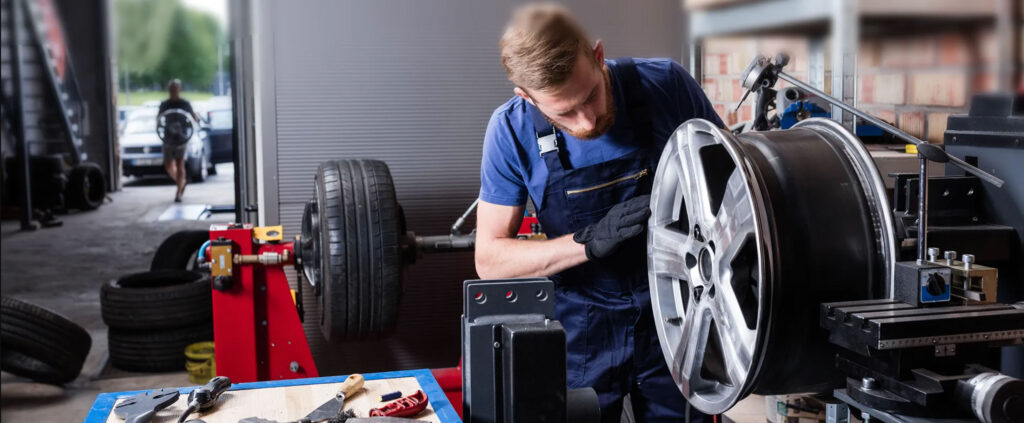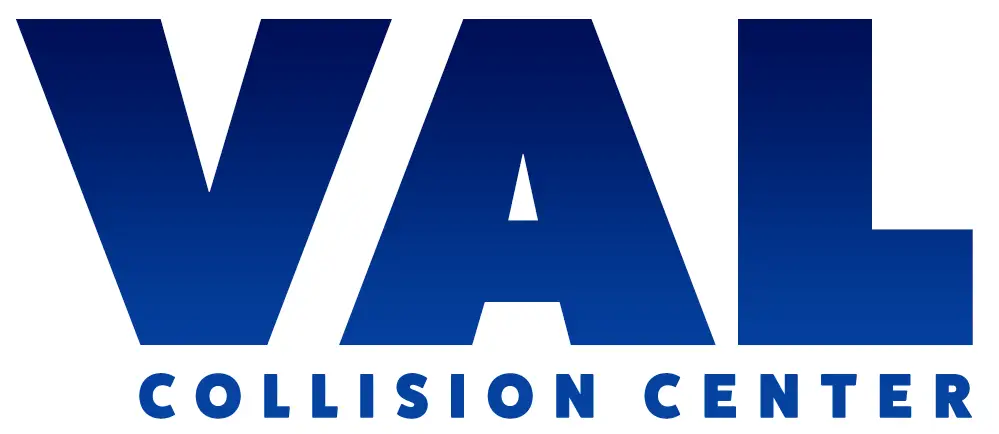- (703) 780 - 7200
- Mon - Fri: 8:00am - 6:00pm
Auto Body Repair1
Auto
Detailing
Paintless Dent Repair
Main Menu
To make your estimate as accurate as possible, we are only performing in-person estimates.

Auto Body Repair
Auto
Detailing
Paintless Dent Repair
Main Menu

Falls Church
